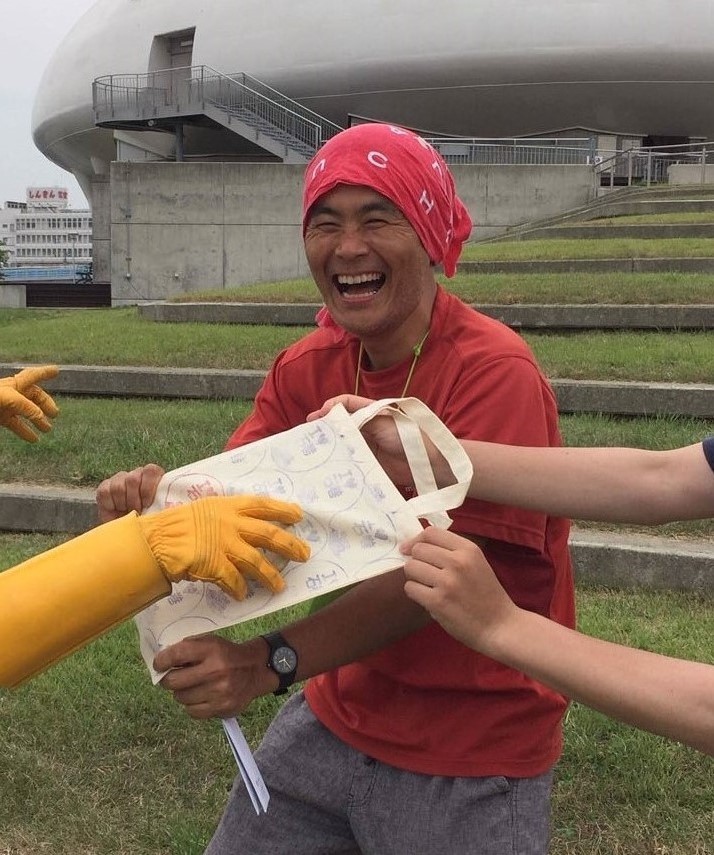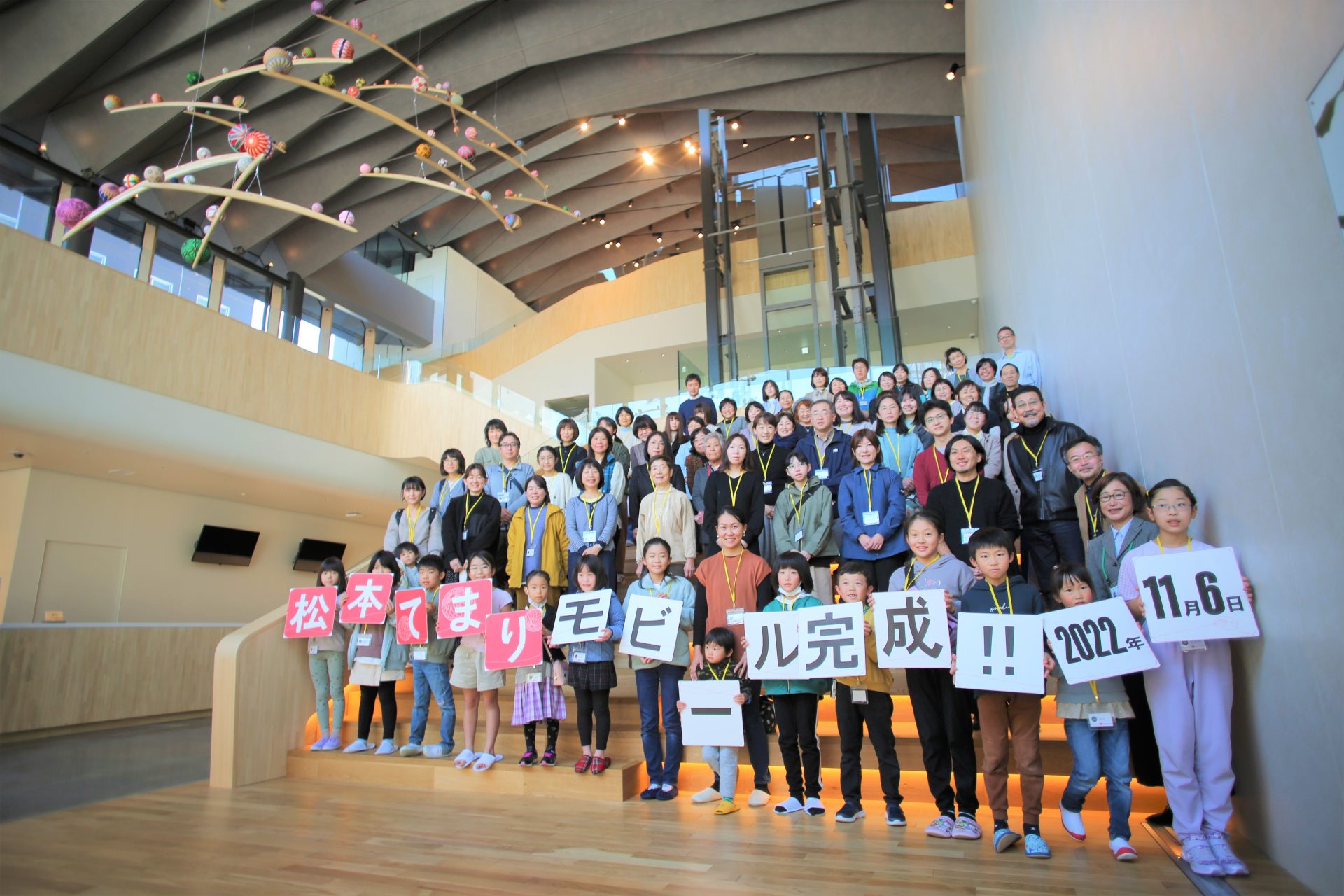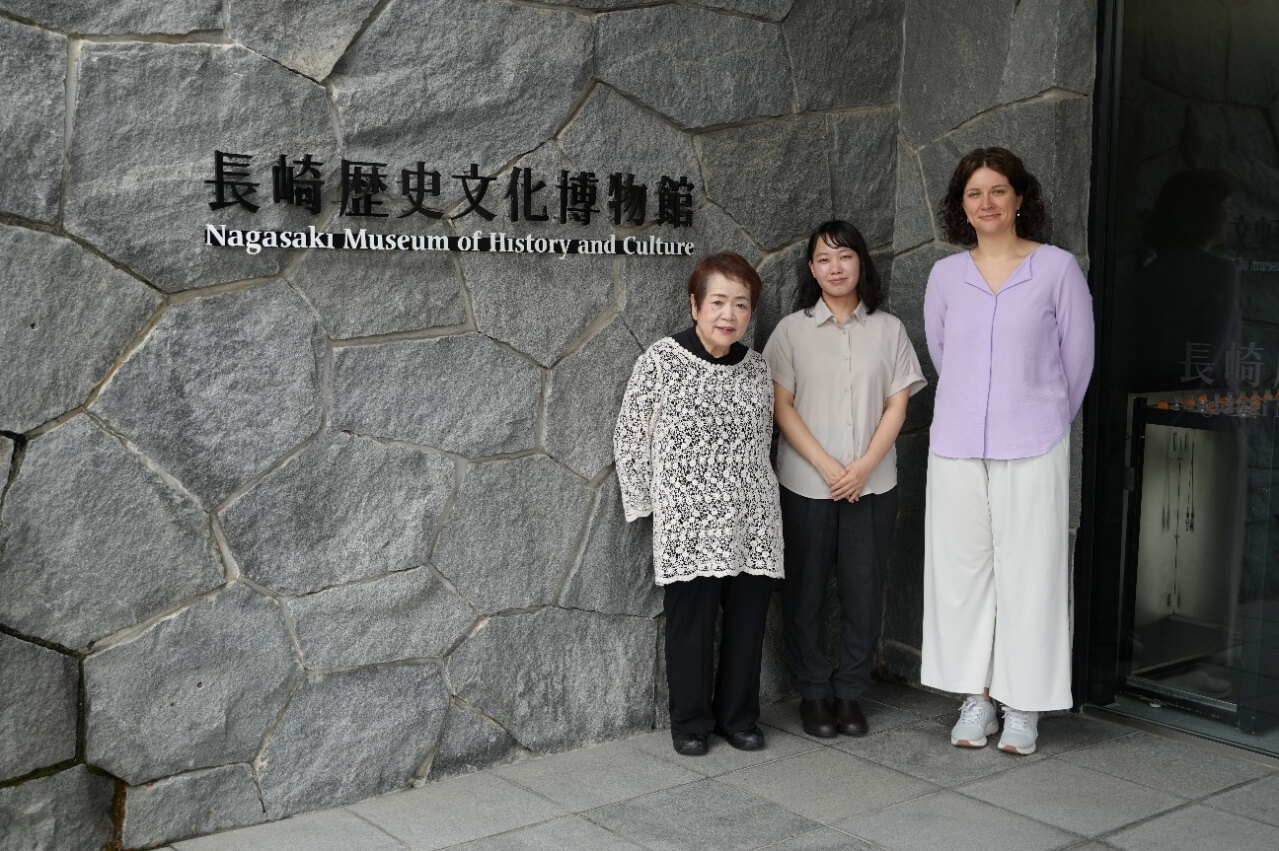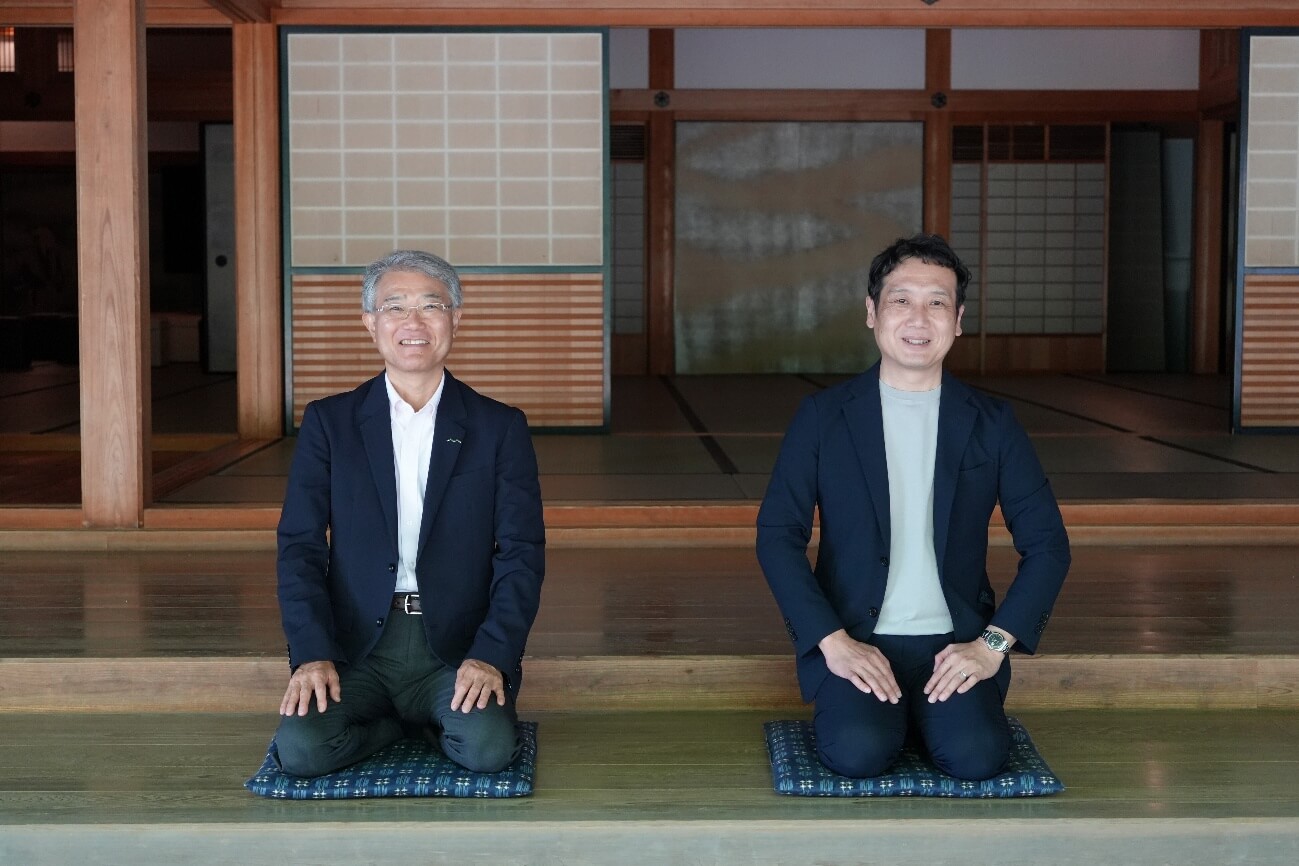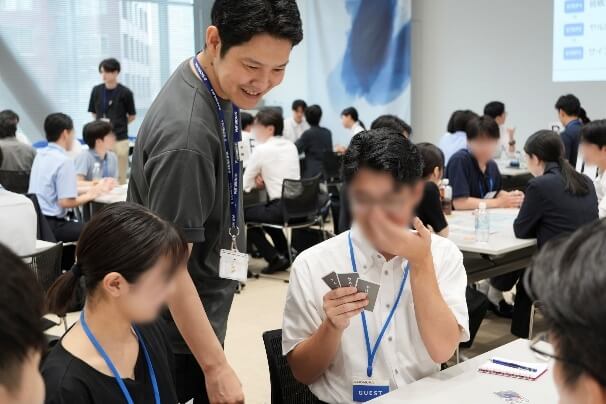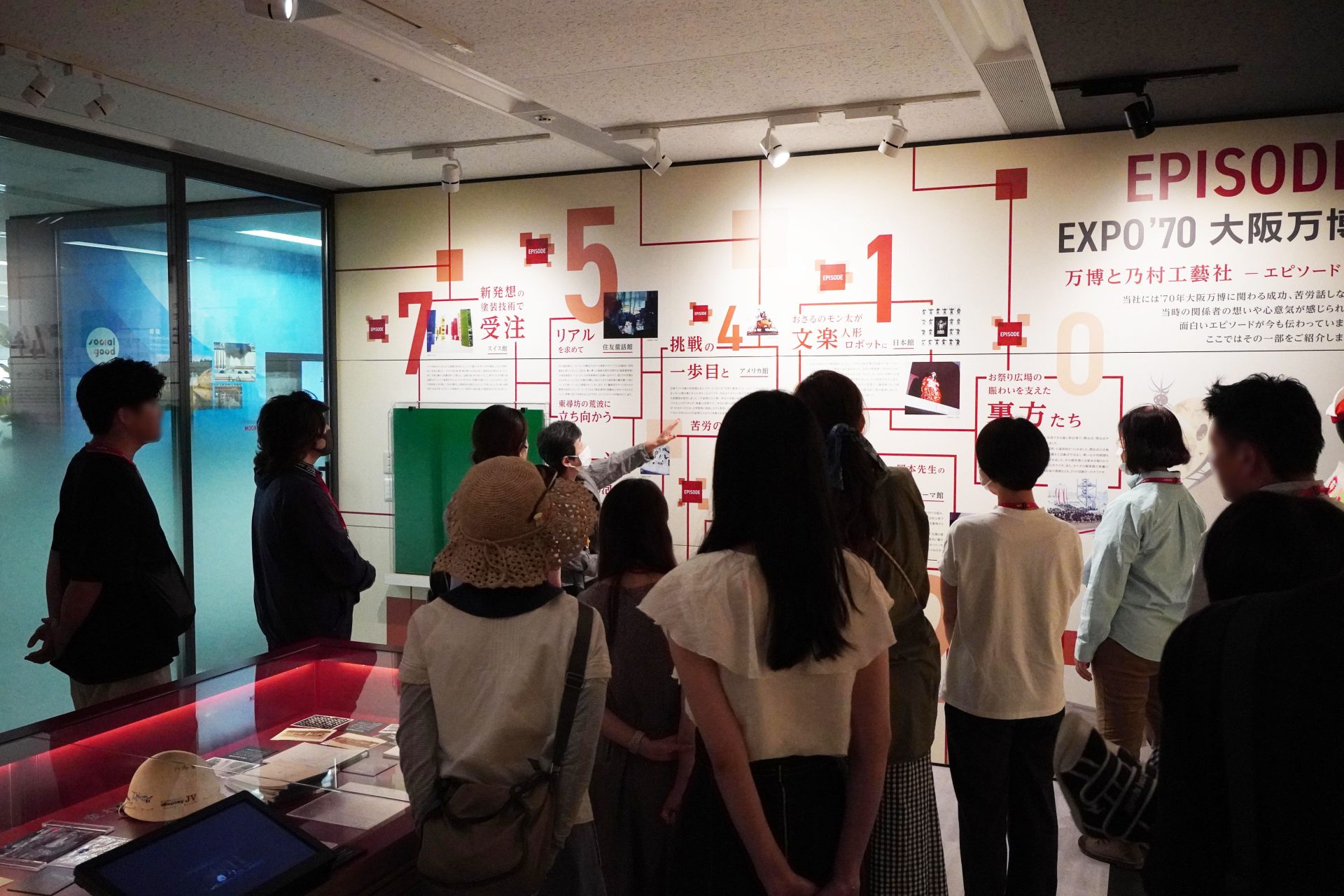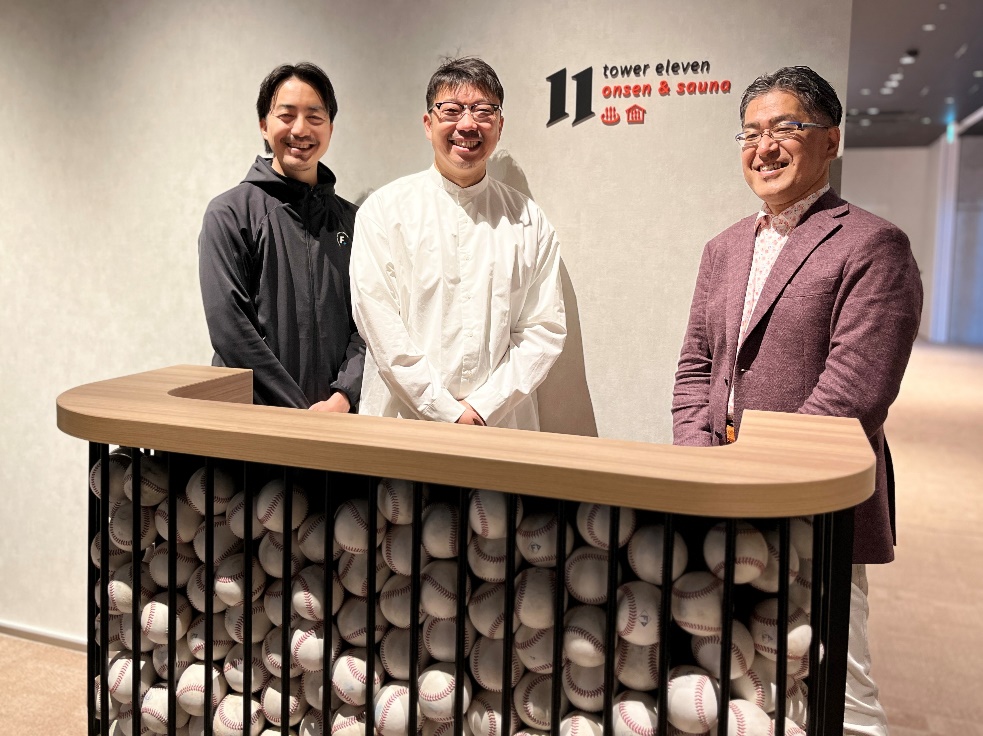
A travelogue about the origins of space experience 2 Space that exists when walking - What long trails teach us -
2022/09/29- text and edit by
- Yuuichi Kameyama

1 Introduction: "Walking" to reconsider at the entrance to the new era
Amid the spread of new lifestyles triggered by the corona crisis, one thing I would like to pay particular attention to from the perspective of spatial experience is "walking."
When the coronavirus crisis began, people were afraid to even leave their homes, and after that, there were many restrictions on movement beyond prefecture limits and self-restraints on sightseeing. As we have passed through such a period, we have probably come to realize the joy of being able to walk outside freely and move around more than once. I was surprised at how my eyes, ears, and skin reacted to the surrounding environment and my senses awakened, not only when I was traveling, but also when I was commuting to work or school in my daily life. hand? When I wondered where this awakening came from, it seemed to be greatly influenced by "walking." Inspired by this idea, the second installment of Travelogue, which considers the future of space, will explore the origins of spatial experiences by focusing on the appeal of walking.

2 A long trail where the charm of "walking" is condensed
This time, considering walking, what I would like to pay particular attention to is a long-distance road that is premised on walking = long trail. There are examples not only in Japan but all over the world, and in addition to long trails, they are also called footpaths and nature trails, and hiking on long trails is one of the outdoor leisure activities along with running and pottering. Among the long trails in Japan, there are 10 long-distance nature trails that have been developed by the Ministry of the Environment and prefectures since 1970. In 2008, the Shinetsu Trail (https: //www.s-trail.net/) was born. Since then, many trails have sprung up all over the country. Among these, the development was started as a national project, and is still operated and enjoyed by many people such as local governments, residents, and trail fans along the trail. English name Michinoku Coastal Trail abbreviation MCT” (https://tohoku.env.go.jp/mct/). The MCT is a long trail of more than 1,000 km along the coast from Aomori to Iwate, Miyagi, and Fukushima prefectures. Along with the scenic natural scenery created by the ever-changing coastal topography and vegetation, the coastline from north to south Tohoku is also available. It is characterized by being able to come into contact with the lives and history of the local people, and to be able to experience various real images of the reconstruction process from the Great East Japan Earthquake.





Although it is part of Aomori, Iwate, and Miyagi, when I actually walked, I noticed a lot of the charm of walking along with the enjoyment of touching the nature and culture of various parts of the MCT. For example, the feeling of the cold and damp sea breeze unique to the Tohoku coast, the comfort of walking while feeling the blessings of the seashore and the way of life, the memories of the disaster and the reality of reconstruction that can be seen and hidden in the scenery and scenery. The history and folklore that peeks out from the grounds of the land, I was able to meet many times at moments that captivated my heart and mind, and it could be said that all of them could only be experienced by walking. The walking space called MCT is established in the relationship between the natural environment of Michinoku, the people who live there, the people who keep the road, and the people who walk the road. There were some peculiarities that I noticed. That is, when you feel, think, or think back on the road, MCT exists there. MCT exists in physics as well as in psychology. While feeling the preciousness of such a presence, there are hidden hints for thinking about spatial experiences.
3. "How space should be" noticed from "walking"
What are the hints for thinking about spatial experiences that you have noticed by walking through the MCT? I will explain with a specific example. Walking gradually changes the scenery around you, stimulating your eyes and ears as well as your stomach. As you walk along the sandy beach, you will be surprised to hear the sound of sand squealing beneath your feet. When you turn your eyes to the sea, you will continue to gaze vaguely at the slow progress of cargo ships. I'm hungry. Surprise on the sandy beach, the feeling of wanting to watch a cargo ship go by, the strangeness of hearing the voice of your stomach, and the state in which these sensations and emotions are at work can be regarded as units of spatial experience. A sandy beach, a boat sailing, and a dining room are not enough to create a space. Based on this way of thinking, one of the better "how spaces should be" is to work on the senses and emotions. There are various types of spaces, such as spaces for learning, spaces for work, spaces for relaxation, spaces for chatting, and spaces for spending time with children.


4. Base space for long trails "Natori Trail Center"
On the way to the Michinoku Coastal Trail (MCT), there is the “Michinoku Coastal Trail Natori Trail Center” (https://www.mct-natori-tc.jp/) in Natori City, Miyagi Prefecture. In addition to exhibitions where trail information is accumulated and shared on a daily basis, events are often held here to share the joy and fun of walking, making it a base space that condenses the appeal of MCT. Features of the space include a sofa lounge that heals the tiredness of walking, a map-type information display that embodies the long MCT, an exhibition of Noriyoshi Kato's favorite items and collection of books that were involved in the spread of long trails, and the uniqueness of a trail base. For example, a library composed of a selection of books that bleeds. In addition to the basic books that convey the appeal of the trail, the library has a selection and shelving of books that can be called a detour space where one book can spark interest in another book. Just like walking, reading a book is by chance, and it makes me happy when I make an unexpected discovery along the way. It is a space where books filled with such joy quietly await visitors.
In addition, a stable power supply and communication environment are secured, and the furniture that is devised with materials and designs that do not make you feel tired from desk work is also a feature that you can freely use, so you can visit as a personal workplace. It can be said that it is a good example of a workation space that spreads around the world around the time of the corona disaster.




5 Conclusion
This time, we considered the future of space from the perspective of looking at the meaning of moving, which has become conspicuous during the corona disaster. Based on the actual experience on a long trail where the essence of movement = walking is condensed, space does not just exist by itself, but it exists when people's senses and emotions work. Arousal/emotional function” is positioned as one of the important factors that determine the quality of a space. Based on this way of thinking, it can also be said that space appears when some kind of relationship is established between people and the environment surrounding them. Physiological and psychological spaces that are symmetrical to a physical space, where the senses are aroused and various emotions occur (it may be called an "Airport" because of the nuances that connect some kind of relationship), two existences. Based on this, we will work to create a better spatial experience. Modeled after the comfort you feel when walking long trails.

Like this article?
